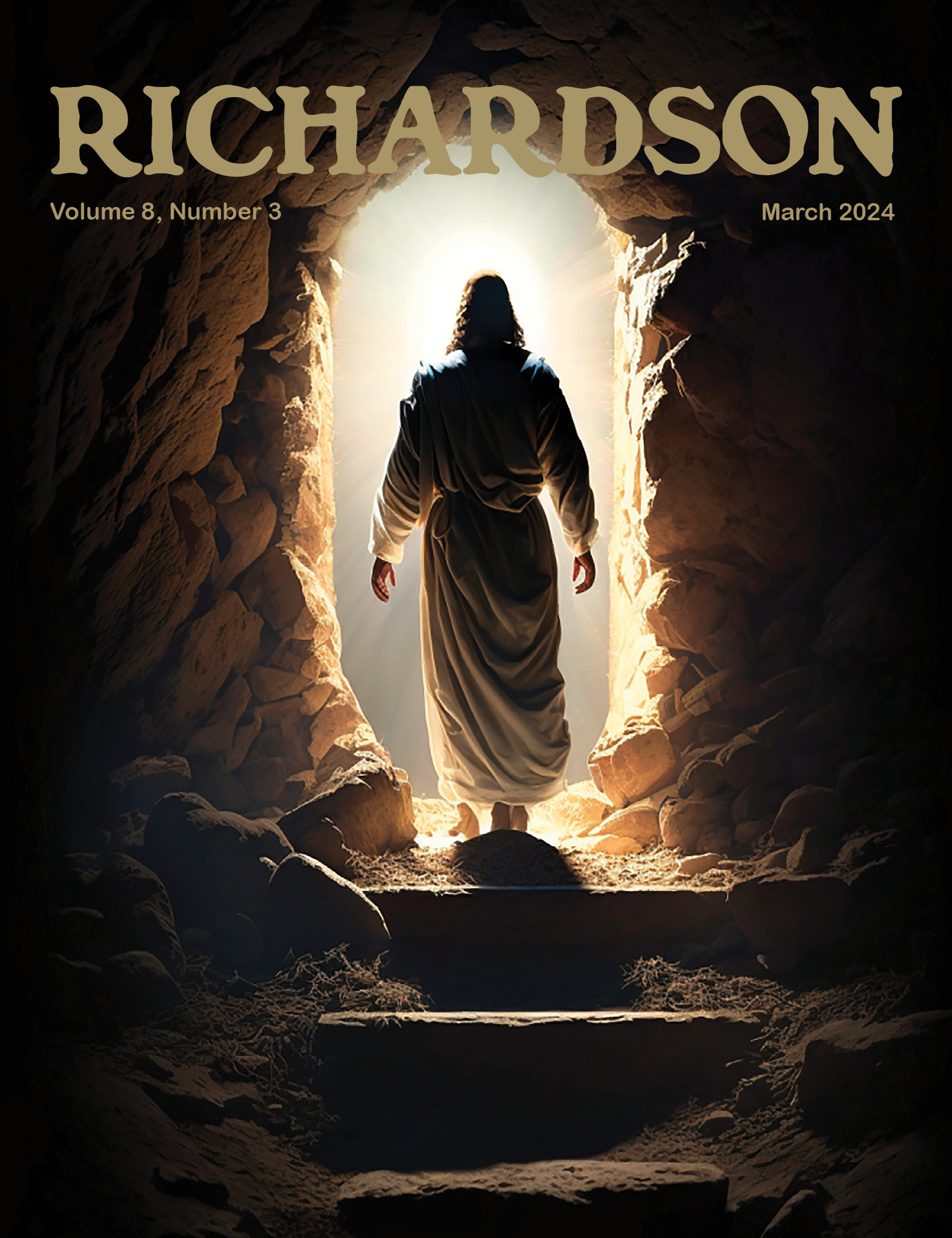
“Portland is a very walkable city!” Portland’s Walk Score has it far-and-above most other major metropolitan centers in the country! And it is. Mostly. A lot of the time. Give-or-take nine months of the year. On Peninsula.
Walk Score is a scale that gives value to how walkable – or car free – a location is. The rating is based on “walkable neighborhoods with access to public transit, better commutes, and proximity to the people and places you love are the key to a happier, healthier and more sustainable lifestyle,” according to walkscore.com. Brilliant…but flawed.
Portland’s Walk Score in Monument Square is 97! A “Walker’s Paradise!” exclaims walkscore.com. It even garners the city center a respectable 76 as “Very Bikable.” High praise when compared to other northeast cities’ walk scores like New York (89.2) and Boston (81). But, wait a minute…!
Somewhere between August and February, our walk score seems to drop from 97 to 0 at (coincidentally) the same rate as our degrees fahernheit, settling in at an overall score of 61, with a Bike Score of 65 (HIGHER than the Walk Score?)! The weather is a factor, but the true enemy of the pedestrians is Portland’s public transportation which is awarded an abysmal 4 (yes, out of 100).
“Portland has minimal public transportation and is somewhat bikeable,” is the cavalier reasoning from walkscore.com. But we know better. There are METRO buses snaking through the cities, but often as empty as a non-rush-hour Peaks Island ferry in February. While it seems like most have “Not In Service” signs on as they tease passengers stranded at bus stops. Or worse, bus routes that cease service so early downtown that patrons of the arts are stranded in bad weather after 6pm in their own city, cut off from a Broadway show or live concert, dinner with friends, or simply working late! Why worry about affordable housing if downtown workers can’t even get home after a late-night meeting, after-hours event, or finishing their shift?
Beyond this, passengers are exposed to the elements around the city in unintuitive locations. While this is lovely July through October, its is a challenging commitment to commuting, going to school, or a doctor during the nor’easters of November, the snows of January, the cold of February thru April, and the rains of May and June.
These unsheltered stops are difficult to find because there does not seem to be a map to tell you where they all are. Major stops are identified, but the in-between stops are vague and always “over there,” close to some well-known business, which is, in fact, no where near it. Times are a best-guess between major stops. Walk Score is decreasing by the month.
Previous bright yellow bus stop signs were unattractive, but effective beacons, visible in a snowstorm, unlike the newer blue ones that fade into the snowy landscape like visual white noise. It’s unclear if they are designed to hide in plain sight for the established ridership, or present a hip design to attract newer passengers. But in either case, they are not easily spotted by the untrained rider in a streetscape of signs.
But a glimmer of hope keeps our Walk Score elevated beyond our increasing daylight hours. Covered shelters are appearing along METRO routes! Buses are hitting scheduled times more often, and new routes that actually make sense for the passengers using their services are being developed. Innovative ridership programs have also been clever and effective, such as building for the future by allowing public school students to ride for free – using their school ID as their bus pass. This builds public transportation ridership for the future while reducing budgets spent on redundant city school buses. Genius! Similar initiatives with USM shuttle services have recently been created.
Walk Score rising.
Population growth of Greater Portland is a tricky tightrope. The battle in public transportation for our very walkable city is far from over. But with new office buildings and hotels with little-to-no parking continuing to change our skyline, the “Build-it-and-they-will-come” questions get harder and more relevant: Do we add public transportation so more people will move here and commute? or Do we wait for there to be more people to justify adding more public transportation?
The obvious answer is to wait and have the increase in people pay for expanded service. But how much traffic, as a result of too many cars and not enough parking, will downtown endure while that decision and infrastructure is developed? At what point do workers return to suburban office parks for expansive free parking and less commuting headaches? After all, isn’t this traffic-jam way of life why many of them moved up to Greater Portland in the first place (I know it was for me!). A chicken-or-the-egg moment for our thriving urban center, to be sure.
But as neighborhoods increasingly connect (anyone been to Woodford’s Corner lately—it’s amazing!) and the public transportation keeps improving, our Walk Score will continue to stay strong. And regardless of the winter weather, Greater Portland is still MUCH higher than the sprawling megalopolis centers to the south. Sure, they may have state-of-the-art public transportation, but it still takes 90 minutes to commute across town, and most drive anyway—Their Walk Scores are not nearly as high as ours! Sorry, Atlanta (49). Not!
 Robert Witkowski is the Creative Director for Visit Portland, a, freelance designer, and author of “100 things To Do in Portland, Maine Before You Die.” Having lived in Chicago, Boston and New York City, Robert has discovered that urban life is exciting and fun, making his home in Portland’s West End.
Robert Witkowski is the Creative Director for Visit Portland, a, freelance designer, and author of “100 things To Do in Portland, Maine Before You Die.” Having lived in Chicago, Boston and New York City, Robert has discovered that urban life is exciting and fun, making his home in Portland’s West End.







